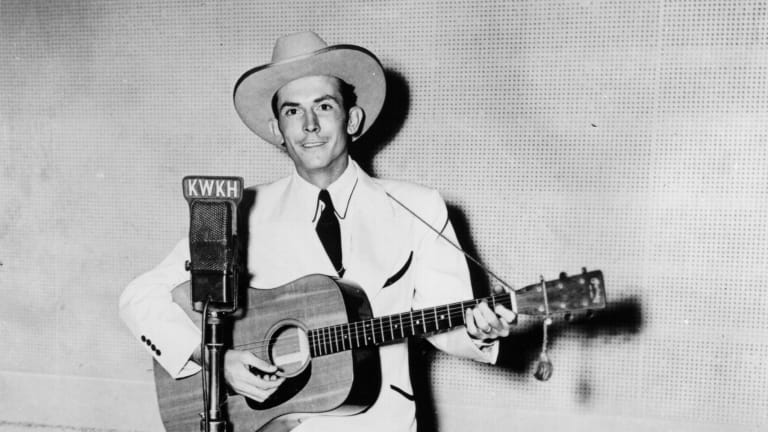Few performers in the history of country music can compare with Hank Williams Sr. (1923-1953) in terms of importance and influence. A key figure in the development of modern country music, Williams personified the musical genre’s shift from a regional, rural phenomenon to nationwide, urban acceptance in the late 1940s.
What was Hank Williams’s childhood like?
Williams spent most of his childhood in Georgiana and Greenville, both in Butler County, and early on became enthralled with music, playing harmonica, learning the organ from his mother, and acquiring his first guitar around the time he was eight years old.
Like many other young boys growing up in the South at the time, Williams was a fan of singer Jimmie Rodgers, a Mississippian whose groundbreaking music blended blues guitar, evocative yodeling, and vivid lyrical imagery.
Williams’ sound was further influenced by his friendship with African American street singer Rufus “Tee Tot” Payne, who helped Williams hone his guitar-playing skills and, more importantly, develop the blues phrasing and blues rhythms that he would later use in his singing style.





